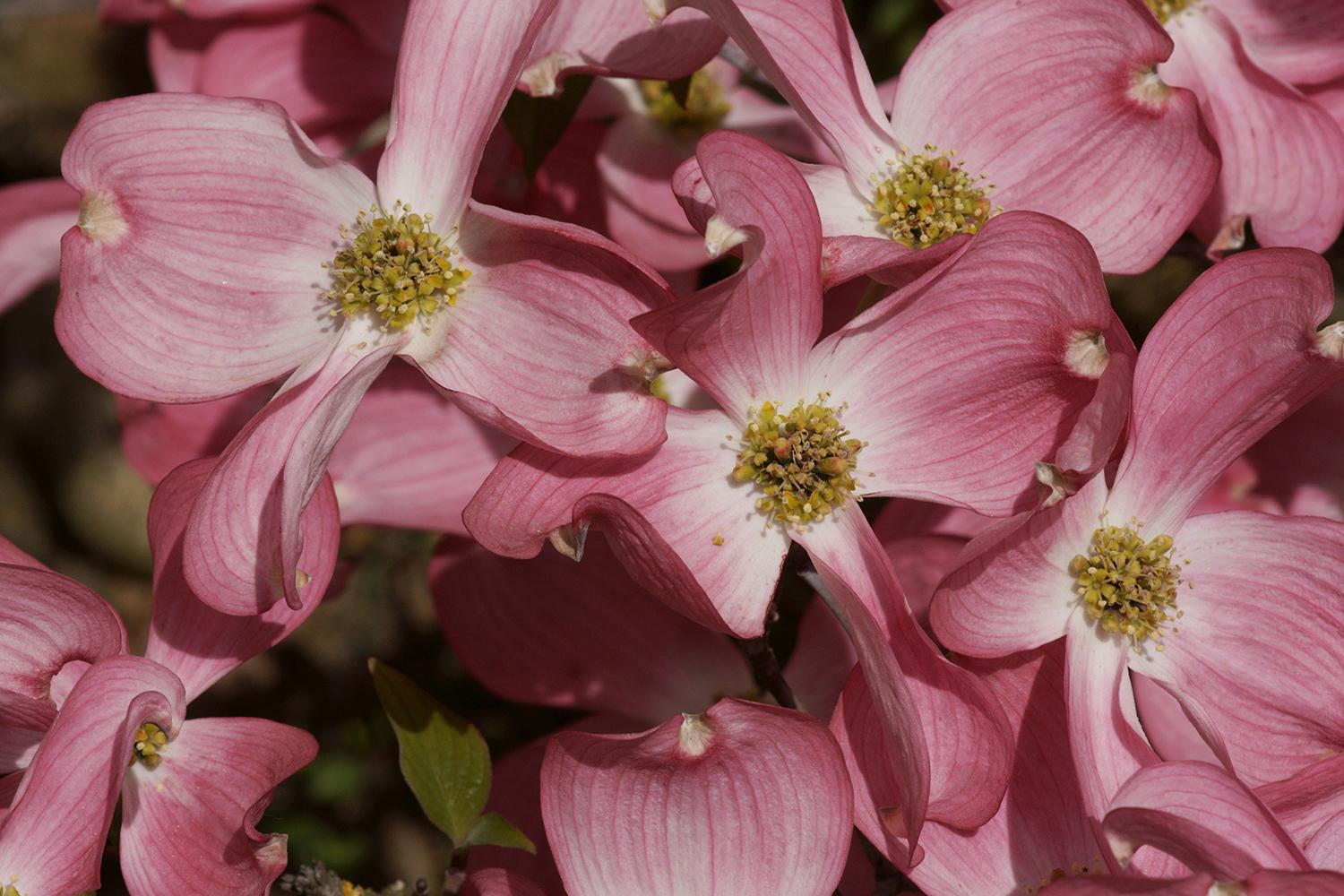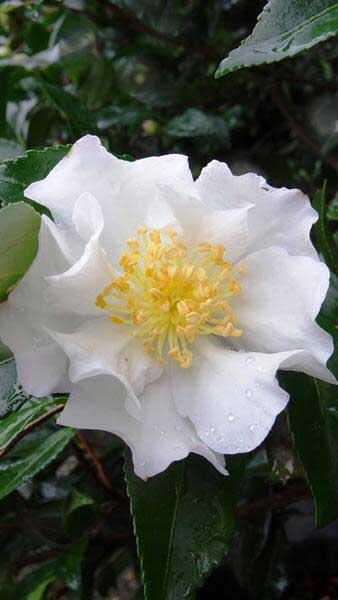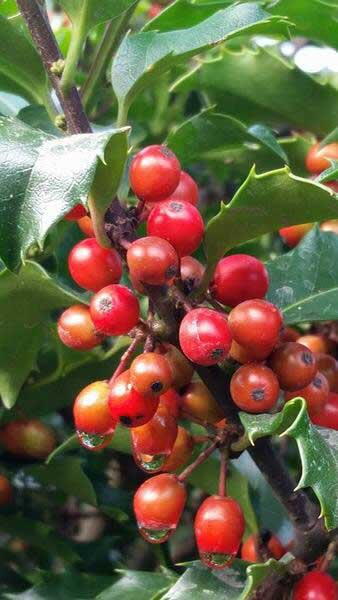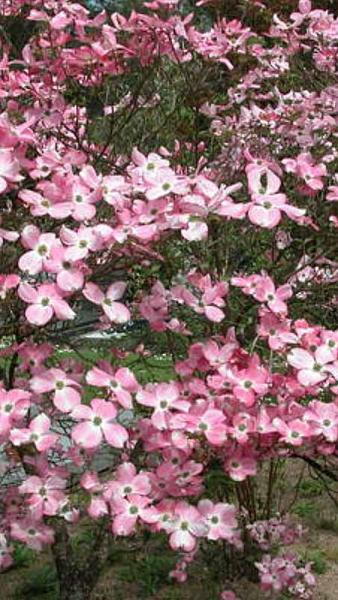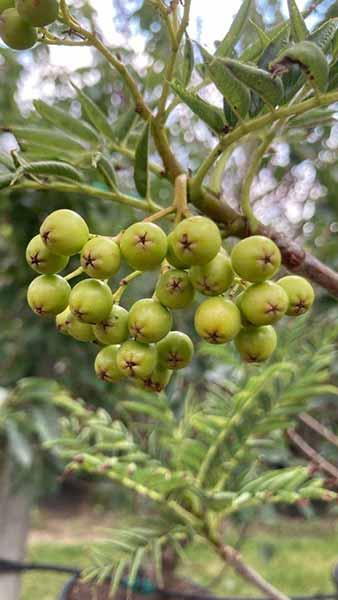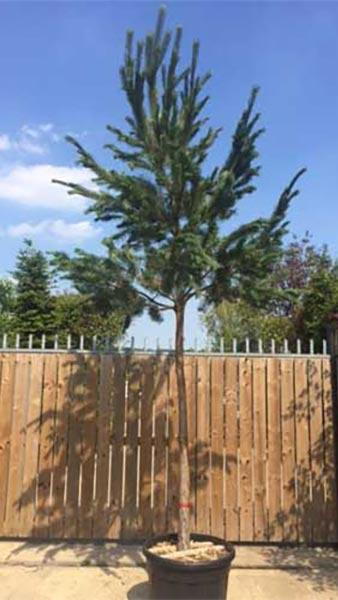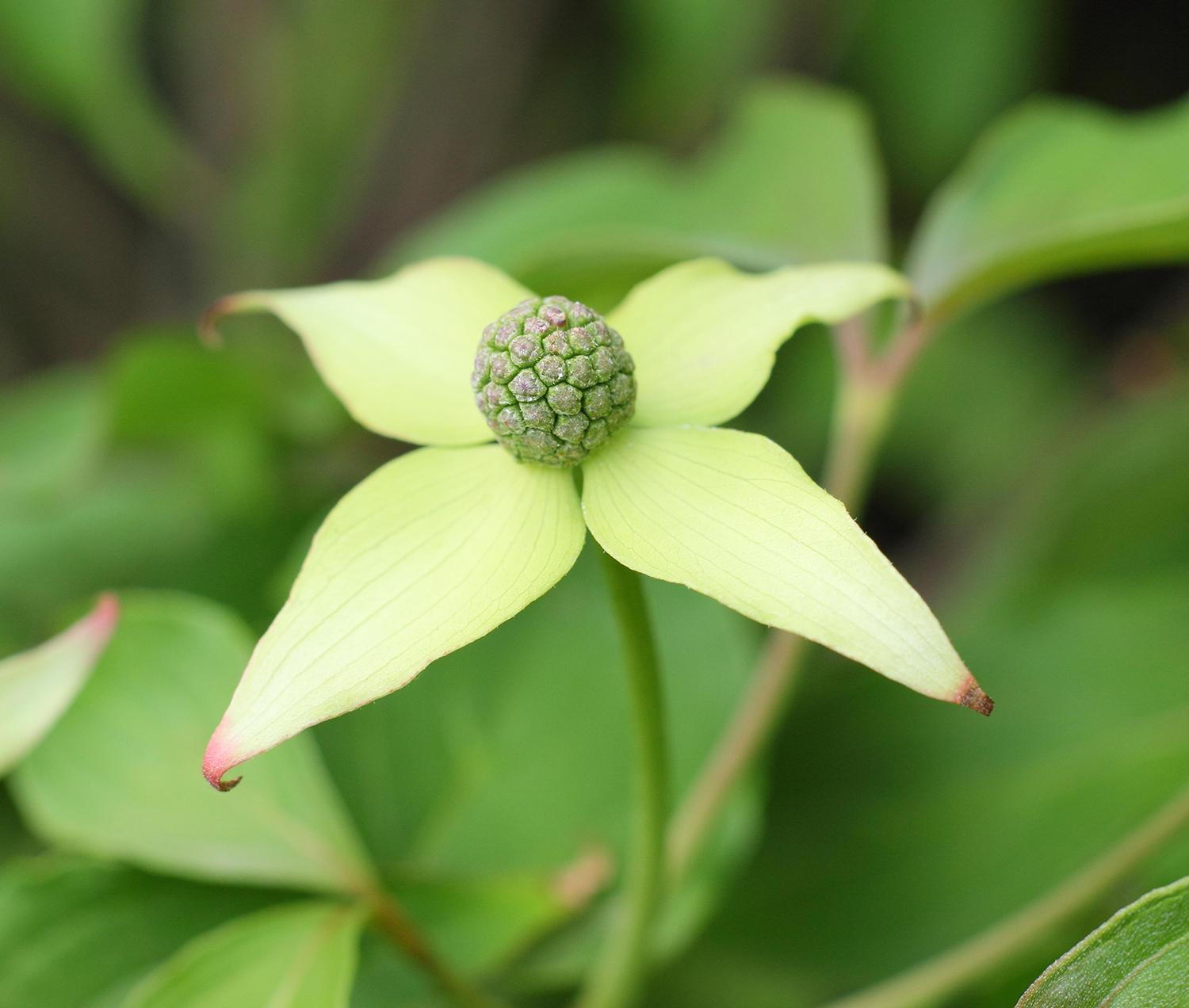Cornus Kousa Cappuccino Chinese Dogwood Cappuccino for Sale
Cornus Kousa Cappuccino or Chinese Dogwood Cappuccino is a versatile small ornamental tree which can be used in gardens large or small. Its lovely flowers and bronze foliage make it an eye-catching specimen planting, and you even get the bonus of edible fruit!This variety of Flowering Dogwood is brand new, and makes a striking addition to the garden. In spring, the glossy ovate leaves emerge a bright green, darkening to shades of bronze and red as they mature. In early summer the tiny green flowers appear, surrounded by the 4 creamy-white white bracts typical of these dogwoods, creating long-lasting “blooms” up to 8 cm across for a truly stunning show. The fruits which follow in autumn are bright red and edible, and the leaves turn a reddish-orange as the season ends.Hardy in most parts of the UK, Cornus Kousa Cappuccino will grow to a mature height of 3 metres and spread of 2 metres in 10 to 20 years. It will mature from a shrub form to a small tree as it grows and lower branches are pruned, creating a dense, branching crown with horizontal branches. Plant Cornus Kousa Cappuccino in full sun or partial shade in well-drained fertile soil in an exposed or sheltered position with any aspect. Once established it can tolerate a dry location, but will do especially well in moist, acidic soil. Salt-tolerant, Chinese Dogwood Cappuccino will grow well in a coastal location, especially as it is wind-resistant. As well, its tolerance of pollution makes it ideal for city gardens. It is not a favourite of browsing deer, so is a good choice for country gardens, too!Chinese Dogwood Cappuccino can fit into gardens large or small, or even where there is no garden at all! It’s a great tree for planting in a container on a roof terrace or patio, where its stand-out flowers and striking foliage will make it a visual treat all season long. Plant a specimen to either side of a walkway or entrance, or as a focal point in a small lawn to show off its foliage and blooms. At the back of a mixed border, Cornus Kousa Cappuccino will add height and shade.Cornus Kousa Cappuccino is a new variety of Dogwood that will be welcome in your garden- its unique foliage colour and bright flower bracts will liven up your landscape!
